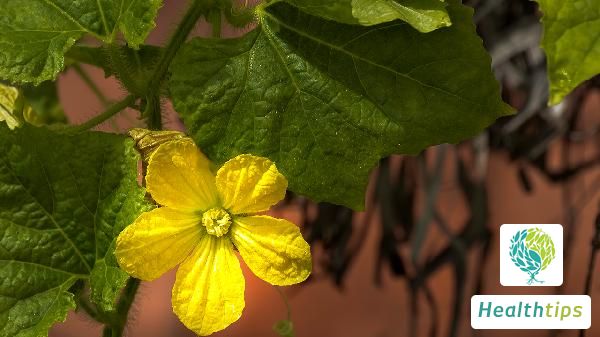What Are the Differences Between Breast Hyperplasia and Breast Nodules?
Breast nodules refer to cystic hyperplasia of the breast, which is a non-tumorous condition. It commonly affects women of reproductive age and resolves spontaneously after menopause. There are four types:

1. Breast pain during the premenstrual and menstrual phases in adolescence, accompanied by pain but no lump, which disappears after menstruation.
2. Lobular hyperplasia affects women aged 20-35, with premenstrual pain accompanied by multiple small nodules. It resolves after menstruation and can be treated with Xiaoyao Pill.
3. Fibroadenoma or papilloma presents as a single lump with a clear boundary, large mobility, no pain or adhesion. Treatment involves taking 3-9 grams of Xiaoyao Powder three times a day and regular follow-up. Surgical resection may be necessary when necessary.
4. Fibrocystic hyperplasia or sclerosing breast disease occurs after age 30, characterized by multiple small nodules forming clusters, firm texture, unclear boundary, often bilateral, and mild tenderness. It is related to the menstrual cycle and may require surgical treatment.
Breast hyperplasia represents physiological hyperplasia and incomplete involution of normal breast lobules, with disordered normal breast structure. It is a pathological hyperplasia that is neither inflammation nor a tumor. There are various types of breast hyperplasia. In adolescent or young women, breast swelling and pain may occur before menstruation, sometimes affecting the shoulders and back. After menstruation, breast pain gradually resolves, leaving only palpable thickening of the breast without obvious nodules. These are physiological changes, not diseases, and do not require treatment. However, other situations should be carefully considered.



















